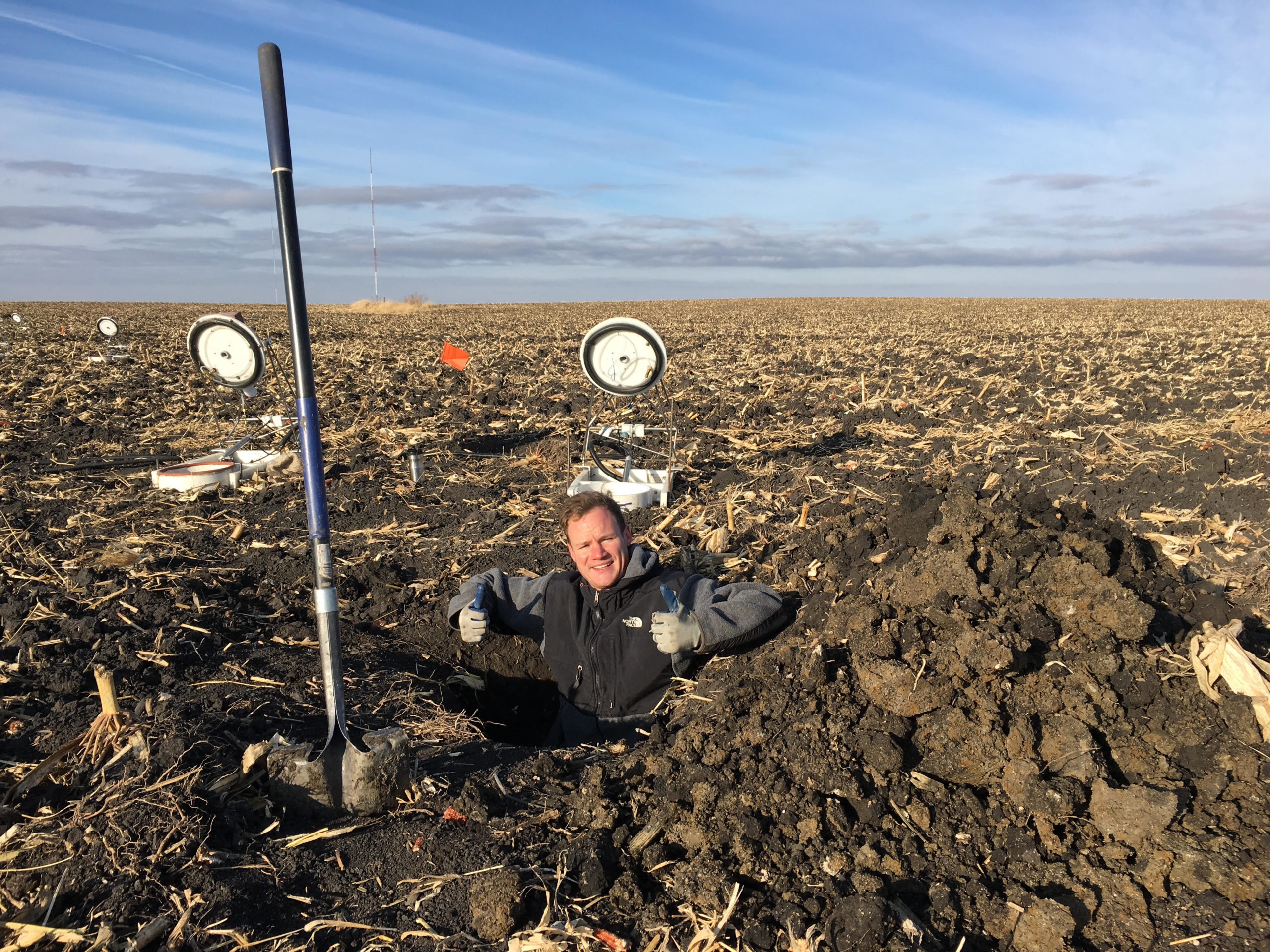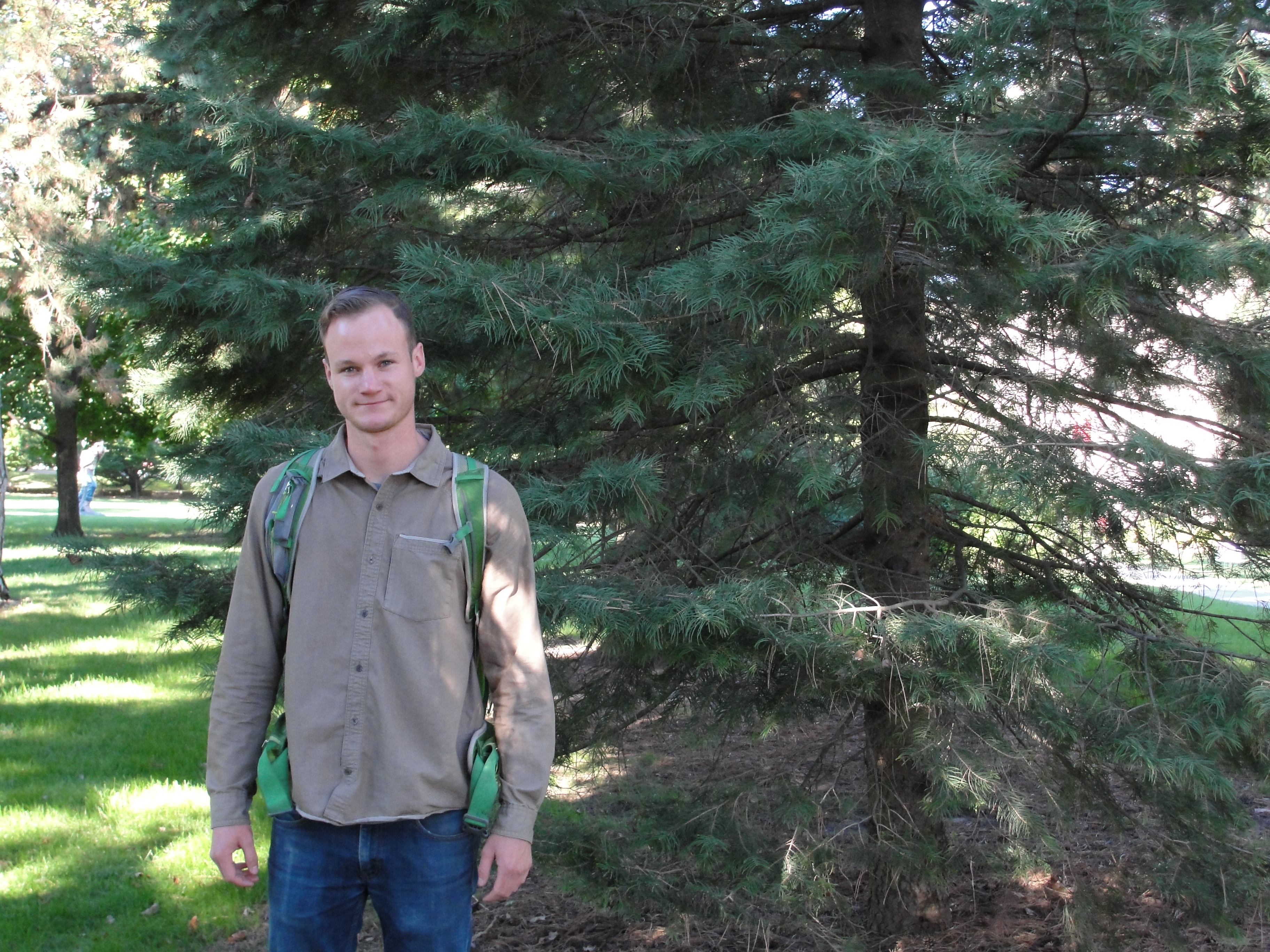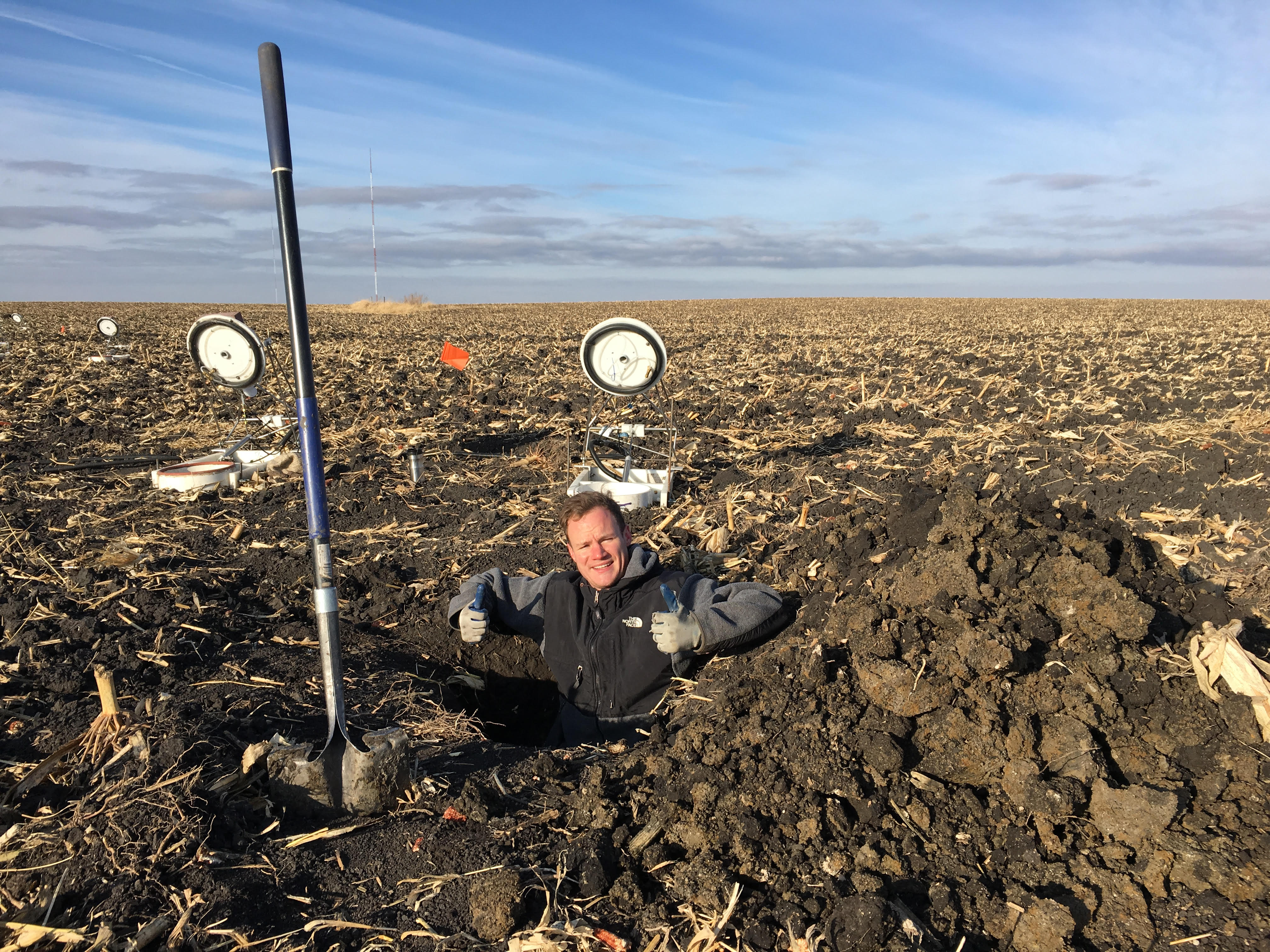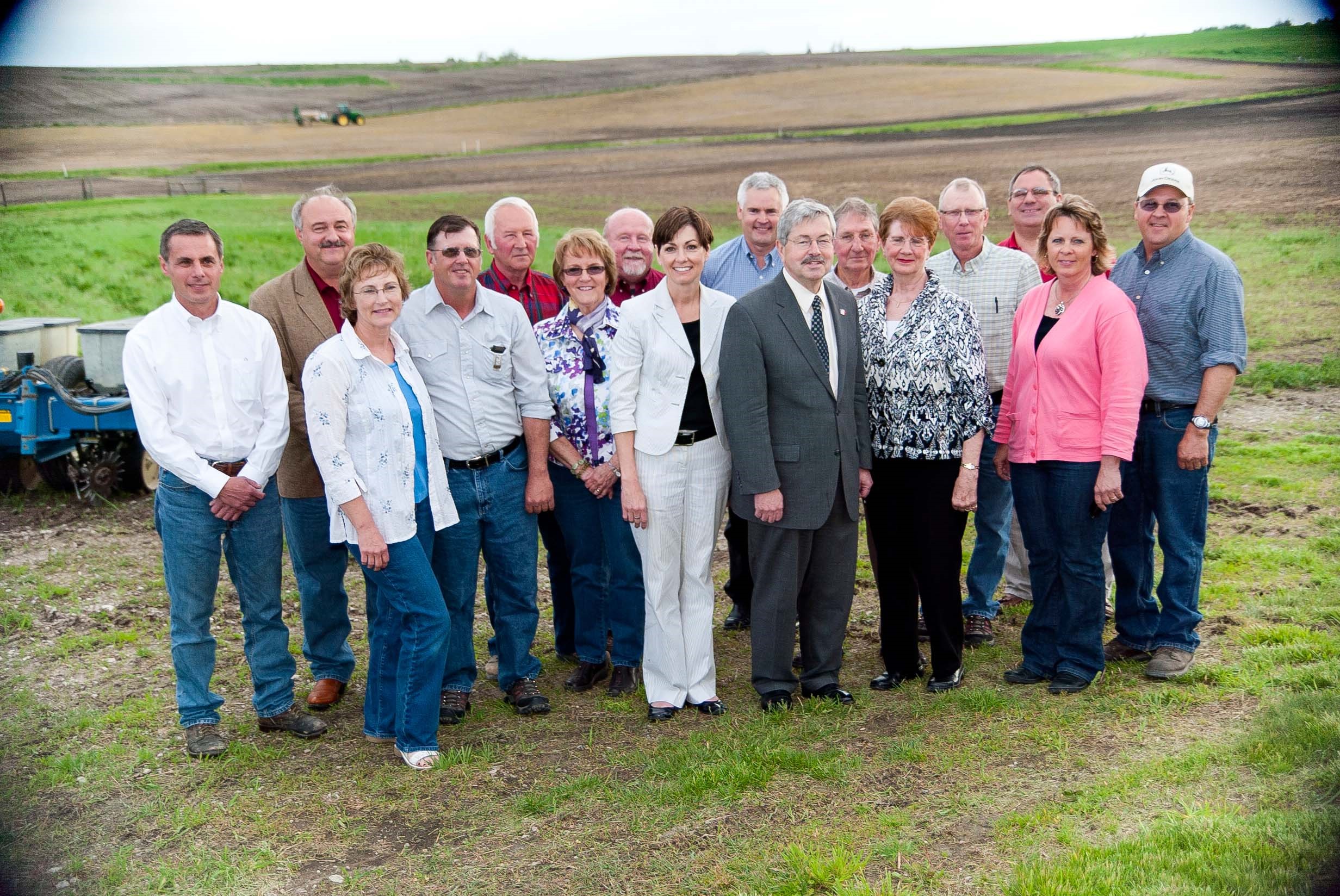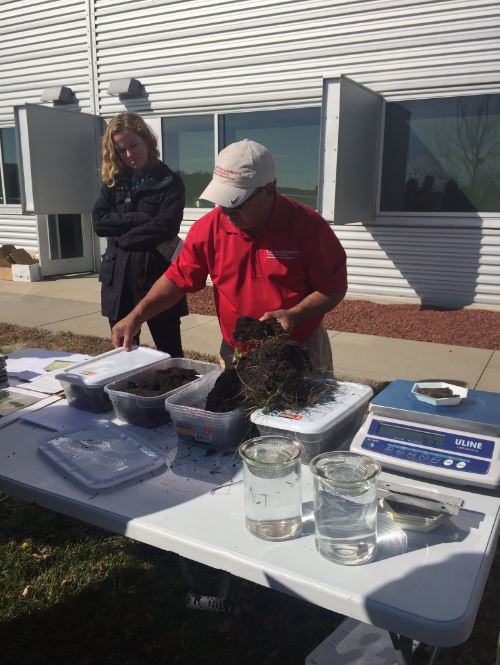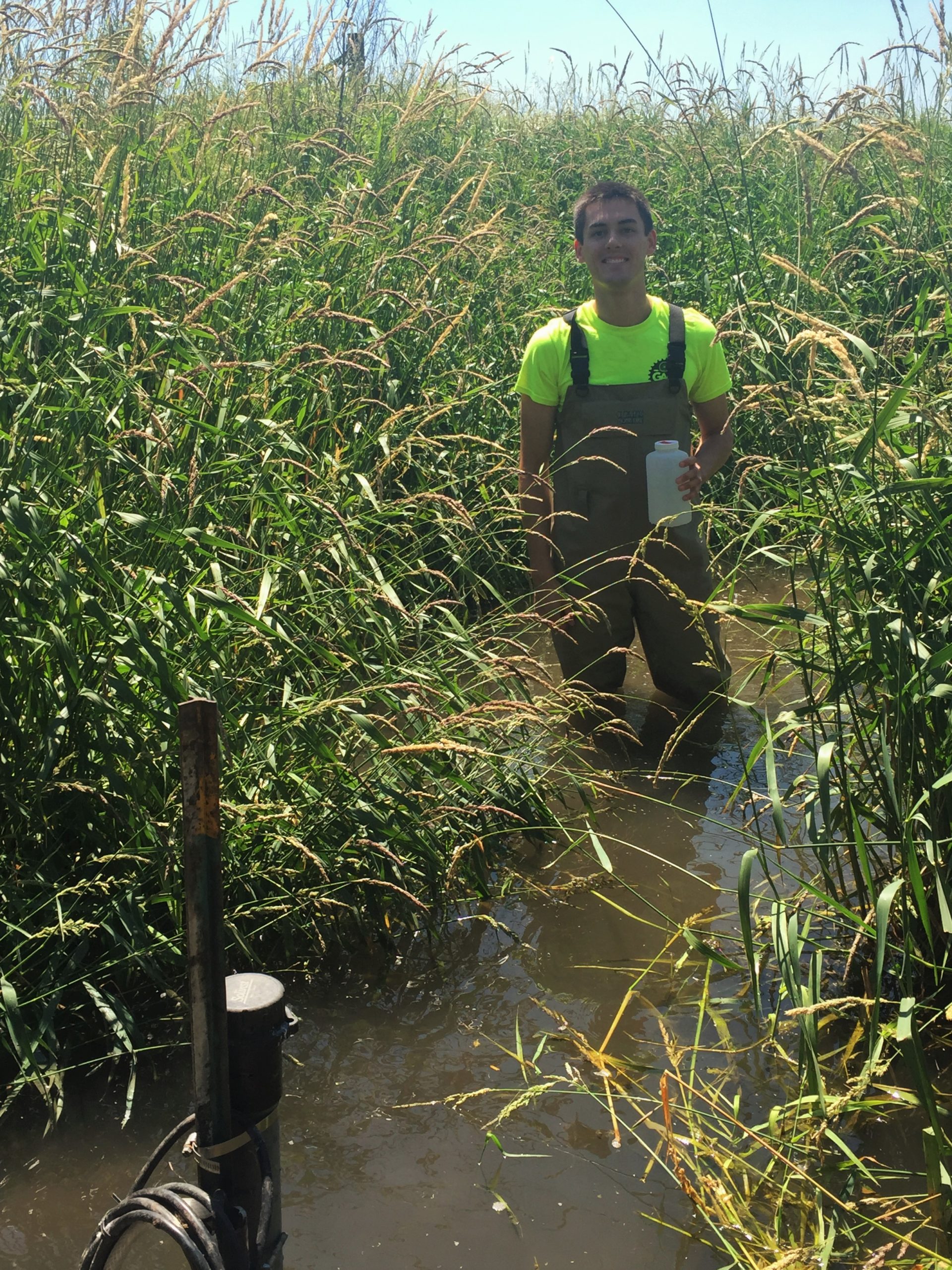The Iowa Learning Farms (ILF) conservation webinar taking place Feb. 22 at noon CST will feature Greg LaBarge, field specialist, agronomic systems department, The Ohio State University. LaBarge conducts research and outreach on nutrient management and water quality issues through The Ohio State University Extension. His work focuses on the application of 4R (Right Source, Right Time, Right Rate, Right Place) management of nitrogen (N), phosphorus (P) and potassium (K) in row crops, and conservation practices which help limit downstream impacts of nutrients leaving farm fields.
Iowa Learning Farms is an Iowa State University Extension and Outreach conservation and water quality education program.
In the webinar, “Quantifying and Managing Residual Soil N after Corn,” LaBarge will highlight research conducted to help measure residual nitrogen in soil after harvest and discuss management techniques such as cover crops which have proven to limit transport of nutrients to waterways. He will also discuss edge of field losses and additional conservation practices that mitigate nutrient losses.
“Having sufficient nitrogen (N) is critical to supporting maximized crop yields, but our studies are showing a significant amount of residual N in the soil after harvest,” said LaBarge. “Research has shown that the use of cover crops after corn is an effective way to capture residual N as organic matter and improve soils. Identifying and encouraging the deployment of additional practices which keep that N in the field is important to achieving both long-term economic and environmental goals.”
Participants are encouraged to ask questions of the presenters. People from all backgrounds and areas of interest are encouraged to join.
Webinar Access Instructions
To participate in the live webinar, shortly before noon CST Feb. 22:
Click this URL, or type this web address into your internet browser: https://iastate.zoom.us/j/364284172
Or, go to https://iastate.zoom.us/join and enter meeting ID: 364 284 172
Or, join from a dial-in phone line:
Dial: +1 312 626 6799 or +1 646 876 9923
Meeting ID: 364 284 172
The webinar will also be recorded and archived. All archived webinars are available on the ILF website, so that they can be watched at any time.
ILF has applied for a Certified Crop Adviser board-approved continuing education unit (CEU) for attending this webinar. Those who participate in the live webinar are eligible. Information about how to apply to receive the credit will be provided at the end of the live webinar.
Upcoming Webinars in the Series:
Up Next: Wednesday, Mar. 1Citizen Scientists and the Community Collaborative Rain, Hail and Snow (CoCoRaHS) Network, with Justin Glisan, Bureau Chief and State Climatologist, Iowa Department of Agriculture and Land Stewardship
March 8: Adam Janke and Kay Stefanik, Iowa State University
March 15: Daniel Kaiser, University of Minnesota
March 22: Seth Watkins, Page County Farmer
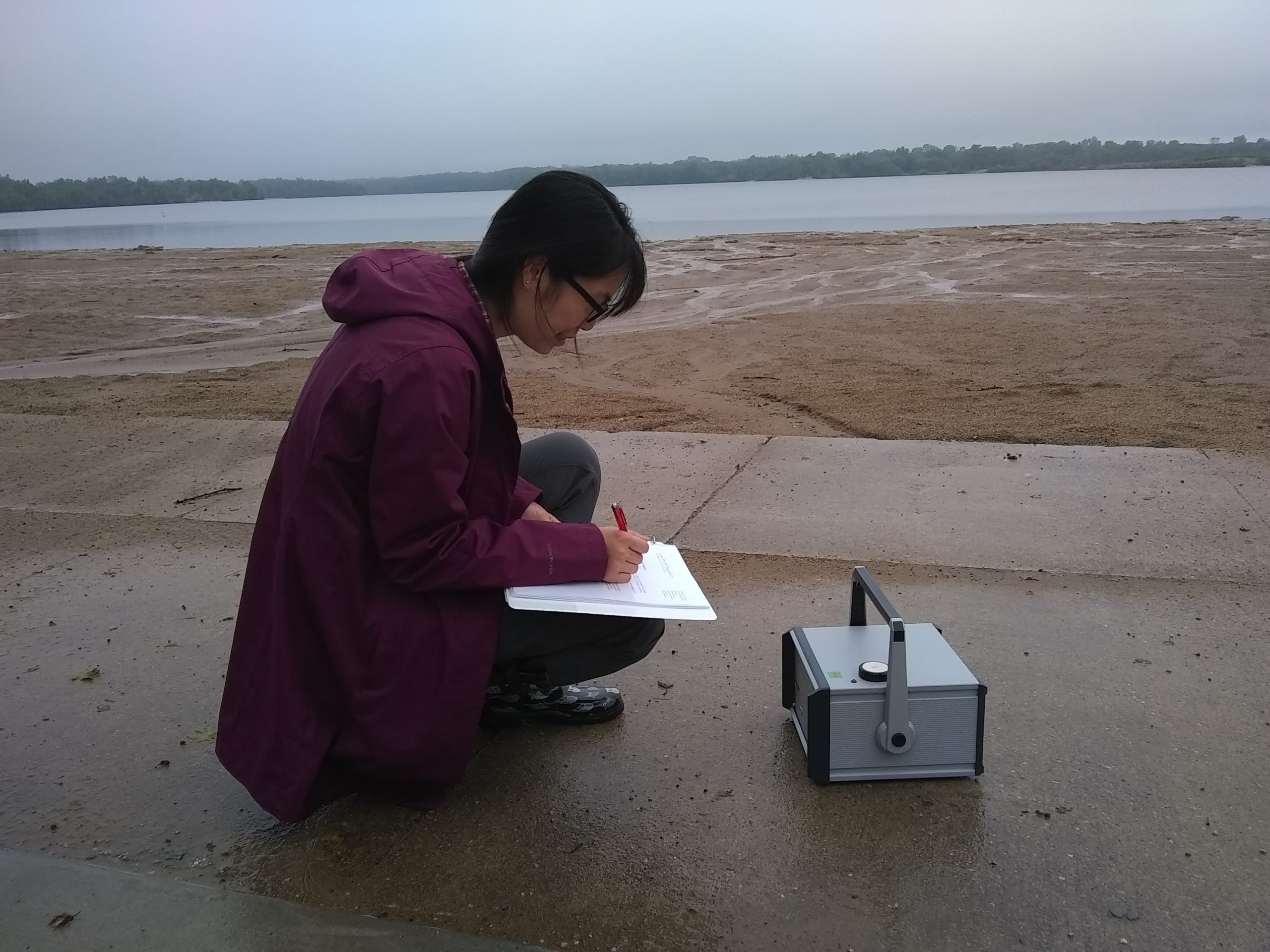
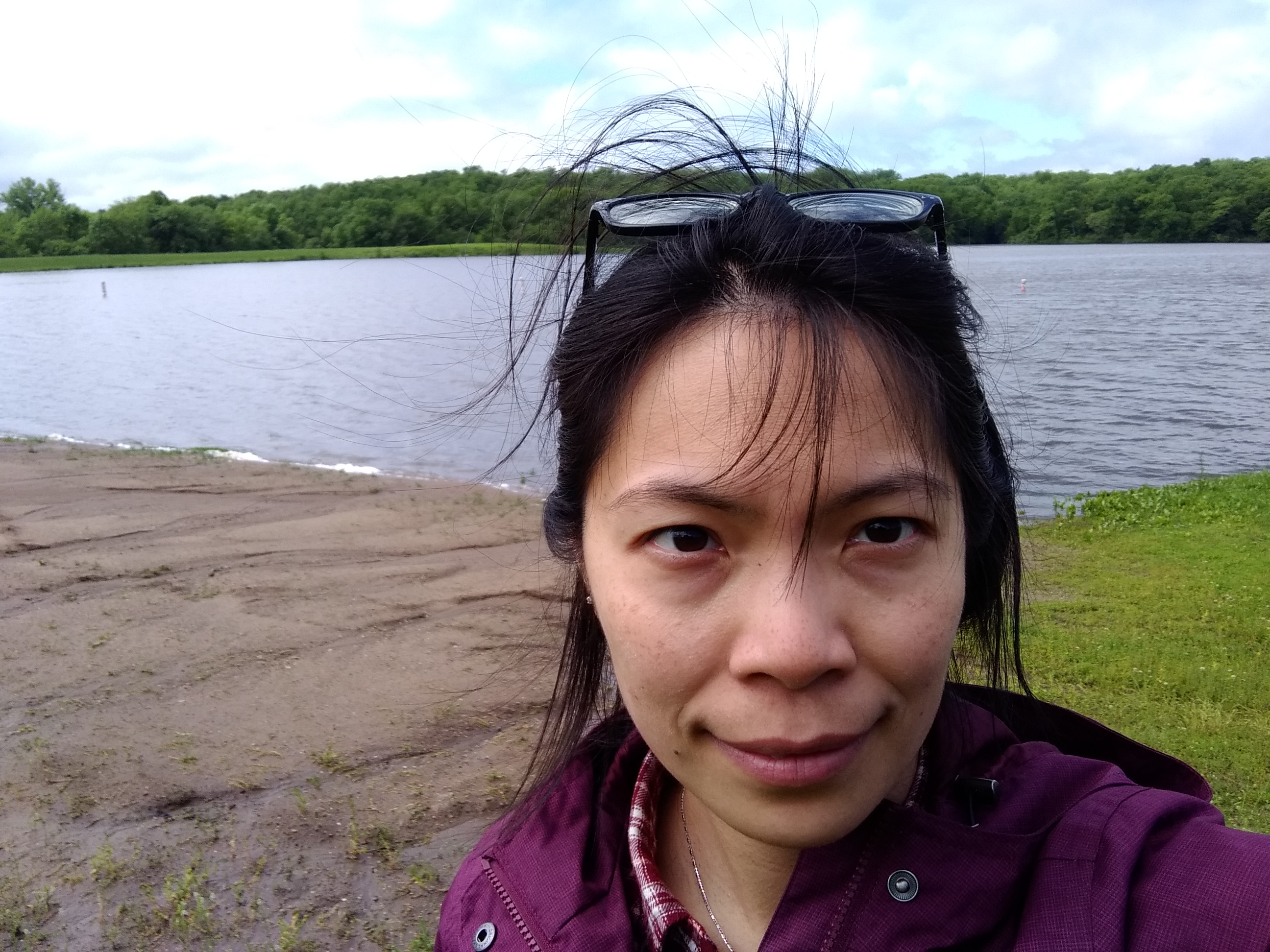
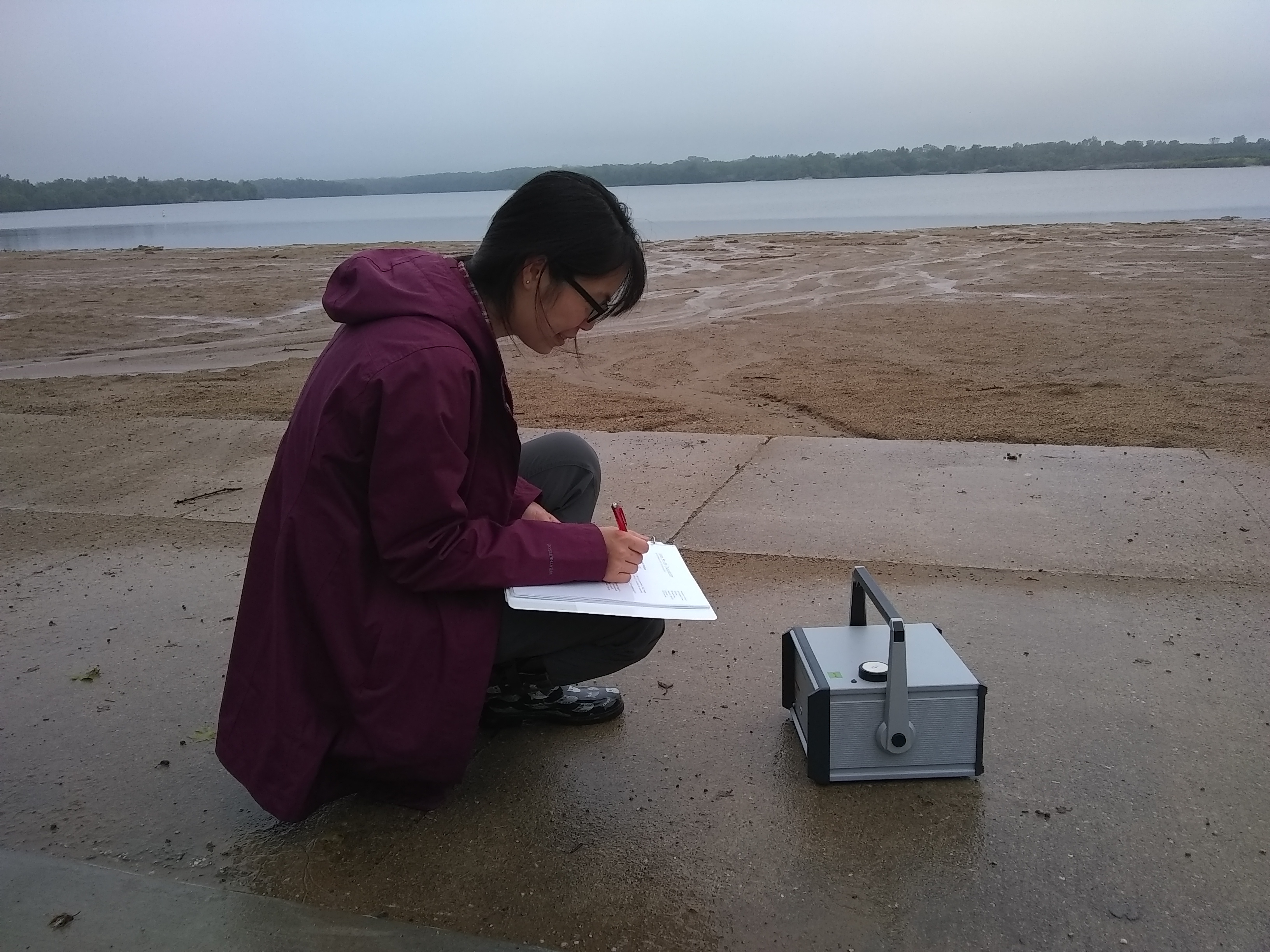
 Sarah Feehan is the communications specialist for the Iowa Water Center. She holds a BS in Journalism and Mass Communication with a minor in Political Science from Iowa State University. In fall of 2019, Feehan will begin acquiring her JD from Drake Law School.
Sarah Feehan is the communications specialist for the Iowa Water Center. She holds a BS in Journalism and Mass Communication with a minor in Political Science from Iowa State University. In fall of 2019, Feehan will begin acquiring her JD from Drake Law School.